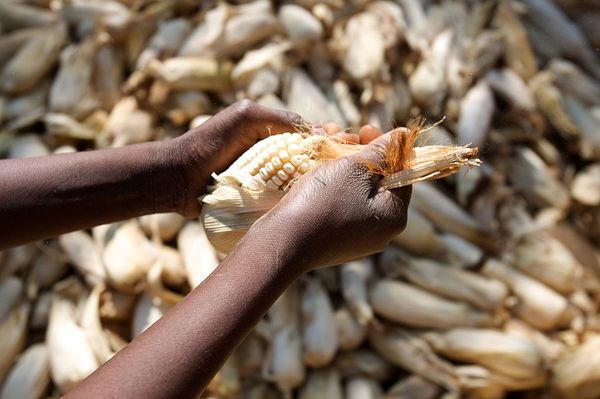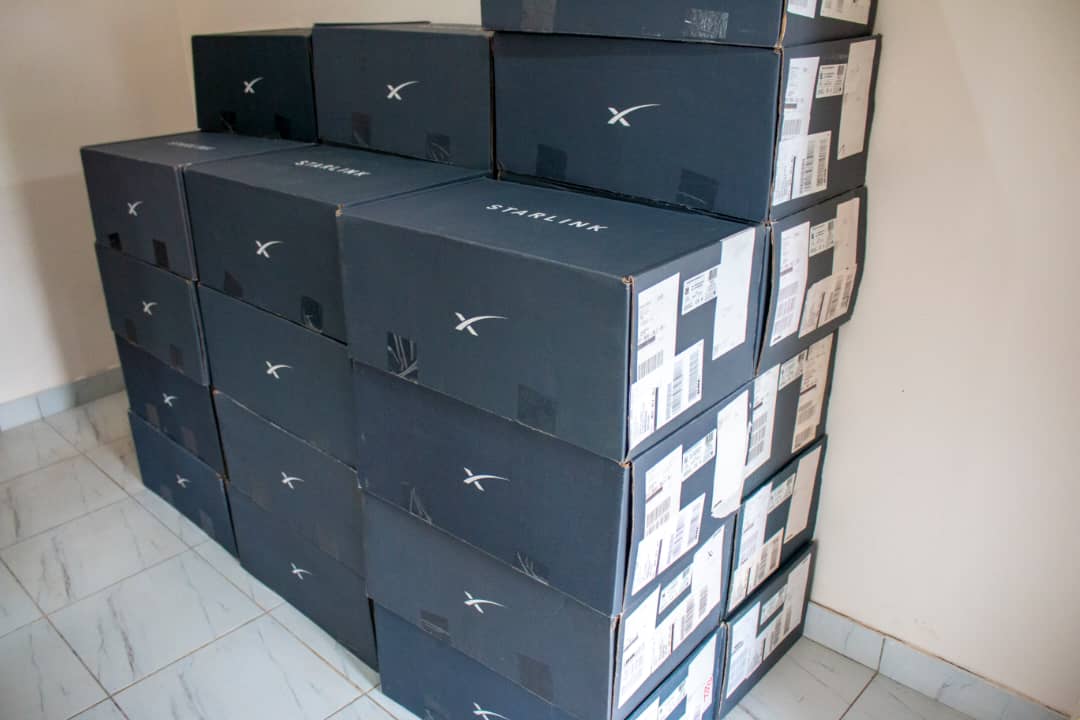The Zimbabwe National Statistics Agency has released the latest poverty statistics for the month of September 2021. The poverty datum line information that they release is not packaged with regular people in mind. One has to have a basic understanding of economics to fully comprehend the implications.
The headlines read, ‘Poverty Datum Line rises by 4.8%’ and everyone is expected to understand what that means. Not everyone will and also, sometimes looking a little closer at the data reveals some shocking nuggets. Let us break it all down.
Poverty measurement
Why measure poverty?
Poverty is measured with a view to end it. Various measures are taken to end poverty and by regularly measuring it we see which reduction measures are yielding the best results.
The measurements then try to determine the least amount of money that an individual or family needs to spend in a month to meet their basic needs. That minimum amount needed to attain a minimum level of health and decency is called the Poverty Datum Line.
Subjectivity is built in as someone has to decide what the minimum level of decency is. Poverty itself is mostly subjective although extreme poverty can be more universally agreed upon.
How is it measured?
First things first, food
First we agree on the minimum amount of food an individual needs in a period. Rather than talk about specific foods, we talk about calories. Calories are the amount of energy released when your body breaks down food.
In Zimbabwe, an individual needs at least 2100 calories a day. Less than that and they are going hungry and will be malnourished.
For context, a single slice of Bakers Inn Premium White bread has about 65 calories. So about 32 slices a day have the required calorie intake. A serving of 100g of sadza will have around 330 calories.
After determining the calories count, the next step is to find out the popular and accessible foods in an area. We decide on a basket that contains those foods and provides the required calories, 2000 daily. We then determine how much money is needed to purchase that basket.
The cost of that basket is then called the Food Poverty Line.
Non-food essentials
Here we consider rentals and the other essentials (soap and detergent, power, etc) a household needs for it not to be considered poor.
Total Consumption Poverty Line. (TCPL)
This measure is the one we often think about when we hear ‘poverty datum line.’
The TCPL is the sum of the Food Poverty Line and the non-food essentials. So it represents the least amount of money an individual or family needs to cover their food, rentals, clothing and other essentials.
Lower bound poverty line
ZIMSTAT say:
With effect from November 2020, ZIMSTAT is now producing the Poverty Datum Lines (PDL) using the lower bound poverty line.
The lower bound poverty line is found by adding the Food Poverty Line and the average expenditure on non-food essentials for households whose total expenditure is equal to the Food Poverty Line.
The significance of this is that those earning less than this amount cannot afford both food and non-food essentials. They are forced to sacrifice their basic food and nutrition in order to afford the rentals and other non-food essentials.
We see this in the 0-1-1 and 0-0-1 combinations which refer to meals in a day, the 0 being a missed meal. Unfortunately, it is usually only brunch and supper (0-1-1) but with the recent price hikes, the 0-0-1 has become more popular. Leaving the families malnourished.
What are September’s figures
Food Poverty Line (FPL)
The Food Poverty Line was $4734.33 per person per month in September. That was a 4.8% increase from August where the figure was $4,516.52.
The average family size in Zimbabwe is 6 and so a family needs $28,405.98 per month to spend on food to get adequate nourishment.
Most Zimbabweans cannot afford that. Action Against Hunger reports that many Zimbabweans suffer from malnutrition. Even before the pandemic decimated the economy, Zimbabwe was already rated as one of the world’s top global food crises in the world.
Let us look at the rural areas where 67% of Zimbabweans live. The Zimbabwe Rural Livelihood Assessment Report revealed that household average monthly income increased from US$33 in 2020 to US$75 in 2021. That is around ZWL$6575.25, converted at the RBZ auction rate that is used in official reports.
That is a huge difference especially after considering that the average family size is bigger in the rural areas. The family size there is the one that drags the national average to 6 as urbanites have smaller families on average.
So a rural family earns $6575.25 and yet needs $28,405.98. That is a deficit of $21,830.73.
The situation is just as dire in urban areas. The Zimbabwe Vulnerability Assessment Committee reported that:
Nearly 83% of urban households are now struggling to buy the food they need for their families. They are unable to buy basics such as mealie meal, salt and cooking oil compared to 76.8% in 2019.
The Total Consumption Poverty Line (TCPL)
The TCPL for September stood at $6,653.65 per person. Up from $6,350.29 in August, another 4.8% increase. So remember, this represents food, rentals and other essentials.
This $6653.65 is the national average, the urban one should be higher than the rural one. A much lower proportion of rural households has to contend with rentals, which are the norm in the urban areas.
The difference between the FPL and this TCPL is $1919.32. It is misleading for the urban dwelling individual. Honestly, it makes it appear as if rentals plus other non-food essentials amount to $1919.32 (US$21.89). However when we consider that most landlords only accept USD, we have to convert the $1919.32 using the black market rate of 160 that the urbanite will use. That means US$12. In which urban center is US$12 enough to cover rentals and other non-food essentials?
When we consider the family unit, the TCPL makes more sense. A family of 6 would need $11,515.92 for their non-food essentials. That translates into US$72 which is just about enough to rent 2 rooms in high density suburbs.
What about school fees, transport, airtime, clothing and other essentials? It feels like $72 is not enough to meet all these non-food essentials. The challenge again is that the realities for rural and urban households are different. Most rural households do not have rentals and so their non-food essentials are lower.
Therefore the fact that they constitute 67% of the population means they drag down the value of non-food essentials. An urban household needs much more than US$72 for non-food essentials.
Urban households may actually be in a worse position than rural folk, especially since Covid-19 ravaged the nation. In 2020 household income declined by 90% for non-farm business households.
This all makes you wonder what kind of education children are getting. Both urban and rural households are struggling to buy the food they need. Rural households are earning less than the food poverty line for example, so where are they getting school fees for their children? Nowhere.
In closing
The picture painted above is not a pretty one. People are struggling and I am forced to realise that although I am struggling too, in the Zimbabwean context I’m actually fortunate. As are you, probably.
There are countries that faced similar challenges but were able to turn it around. That’s what we need in Zimbabwe. The time for politicking is past, we need proper economic recovery solutions that take into account the urgency of the matter. The short term should not be ignored in crafting turnaround solutions, otherwise few will be there to enjoy a revived Zimbabwe in the future.
It does us no good to hear that the country is on pace to meet growth targets when household incomes are falling. Vanity metrics do not feed the rural household earning US$75 a month or the 83% of urbanites struggling to buy mealie meal and cooking oil.
Zimbabwe can and should do better. I really hope this won’t descend into a political discussion. The average Zimbabwean doesn’t really care who wins the 2023 elections.














Comments
11 responses
Thank you for breaking down the figures and allow us to copy and paste so as to show those who do not understand economics and are always misled by sloganeering Minister of Finance and his RBZ boss. We are in a fix.
i wish this was in shona so that those who think all is well understand its a dire situation and explaining to them in shona has been futile.
Kkkk mururimi rwa amari chairwo
Pakaipa wangu, some people vanonetsa kuchinja.
Poverty is good for elections. Give them a sack of mealie and they sing praises.
Poverty is a necessary evil it gives the power for business owners to exploit people for cheap labour look at America it wouldnt be the nation that it is if it wasnt for poverty. Folks like J P Morgan, Carnige, Rockefella etc exploited the poor to build the great nation that is the United States Of America. The Zimbabwean problem is most a dependency problem the citizen depends on the government so that they might lead decent lives(crap!!) the government is depending on foreign aid (crap!!). Basically what we have is a country full of crap citizen and a crap government. Viva poverty 🤪🤪 maybe it will teach zimbabweans to know that you as an individual ,you are the master of your own destiny. May the rich become more richer and the poor more poorer….
Like it or not people have no choice but to need gvt,you want to be innovative and start a business,u need gvt approval,you want to donate,u need gvt approval, basically almost anything needs gvt approval in terms of licencing and legality. We as a people are not asking for handouts,we are asking for a condusive environment where a 20 year old can go and apply for a business license and have it within a month,we have the Zuckerbergs of Zimbabwe but the current environment stifles their innovative nature,it’s so difficult to get a vending license what more a million dollar company
Precisely! 1 thing Zimbabweans are not is lazy, that’s why they are across all over the globe working numerous shifts because the environment is conducive for working. Mind you not everyone is apt to be a business owner, they are those good at just providing their labour and if local industry is functional they can sell their labour and those who are good at starting and running businesses can also thrive. Everyone is happy
The Zuckerbergs of Zimbabwe that is a new one 😃😃😃 Zimbabweans overrate themselves if you take Mark Zuckerberg put him in Zimbabwe he would still be as successful as he is. The environment doesnt determine anything a vagrant in Zim will still be a vagrant in the USA believe me Zimbabweans are a very pitiful race they think themselves intelligent educated whilst they are the dumbest species that i have ever seen to grace this world
Your self hate is telling where you abused as a child ?? and Zimbabwe is a nation not a race lots of races make up Zimbabweans and there is one species called man before you check other peoples intelligence take a self introspective analysis of your self and hopefully work on your self loathing
Quote: “There are countries that faced similar challenges but were able to turn it around. That’s what we need in Zimbabwe.”
How long will it take you, the voters, to make that change happen? I know it won’t occur overnight, or even in a couple of years, but until you give that change a chance, you’ll NEVER get out of the mess you’re in now! I’d have thought 4 decades would’ve been long enough, but was proven wrong consistently on that score. The lack of some of the most basic things, stable water and power supplies, a stable currency and the complete lack of any incentives, will keep serious investors away. Property rights have also been trampled into the ground, so if and until those are fixed up, there’s not a hope in hell of improvement, long or short term…